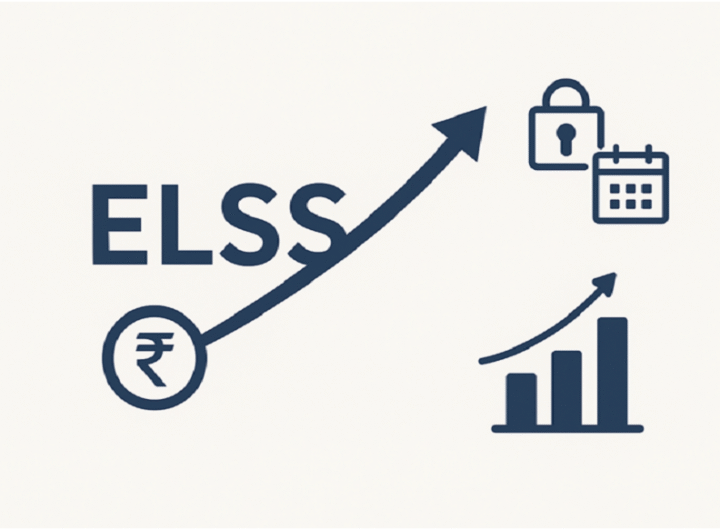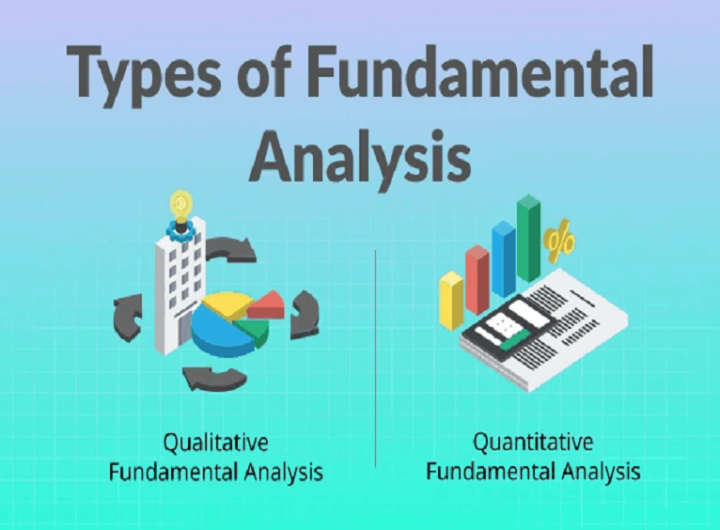
Transferring your accounting data to QuickBooks is a major step in the direction of streamlining your small business’s financial management. The most powerful features of QuickBooks bookkeeping in Broken Arrow, OK can also automate accounting processes, saving time and providing the accurate records needed to ensure the reliability of your business’s financial position. If you own a small business in Broken Arrow, OK and are thinking of making the switch to QuickBooks, the following will help guide you through migrating your accounting.
Getting Ready for The Migration Process
- Assess Your Existing Accounting System: You first look at your current accounting system. Whether you’re using spreadsheets, or another accounting software or are manually processing transactions, assess the data that you will need to migrate. This may include customer/vendor lists, financial transactions, account balances, payroll data, etc.
- Clean Your Data: The migration process is also a good time to clean your accounting data. Also, remove duplicates, make corrections, and ensure that all information is up to date. It can cause issues down the line to migrate messy or legacy data.
- Back-Up Your Data: Before commencing with your migration, ensure that you back up your existing account data. This gives you a recovery option if something goes wrong during the process.
Getting started with QuickBooks account setup
When you’ve selected the right QuickBooks version for you, you can start setting up your account.
- Sign up: Set up a QuickBooks account with your business information, such as its name, address, tax information, and the type of industry you’re in.
- Setup Settings: Be sure to complete your settings by your business practices. That covers your chart of accounts (categories for income, expenses, liabilities, etc.), tax settings, invoice preferences, etc.
Export Data From Your Current Solution
You should need to click on the File menu and then select the Import option. Here’s how to download your data:
- Export Your Data: Based on your existing tool, export your data like customer and vendor information, transaction histories, and account balances in CSV or Excel format. Most accounting software can export its data into a file readable by QuickBooks.
- Confirm Format Compatibility: The data format should be compatible with your version of QuickBooks. QuickBooks offers templates and instructions for the format of your exported files. This will facilitate the migration process.
Import Your Data into QuickBooks
Now that you’ve exported your data, the final step is to import it into QuickBooks.
- Retrieve Import Tools: QuickBooks has specific import tools built-in that are for customers, vendors, and transaction data imports. These tools can be located within the QuickBooks setup or data menu.
- Import data files: Select the types of data you want to import (e.g., customers, vendors, transactions) Prepare the CSV or Excel files for uploading to QuickBooks. The software will then map your data to the right fields.
- Map Data: QuickBooks will ask you to specify where the imported data goes to make sure everything is filled in the right places in QuickBooks. Hence, transaction mapping for the relevant accounts and mapping customer names to the customer field.
Manually Process Missing or Complex Data
- Enter Data That’s Missing: Enter any data that didn’t have a successful import; for example, recurring transactions or special notes for clients.
- Establish Bank Feeds: If you’re utilizing QuickBooks Online, you can connect your bank accounts to automatically retrieve transactions, simplifying the process of reconciling your bank statements.
Validate and Reconcile Your Data
- Verify Account Balances: Execute a trial balance and compare it with your previous accounting system to verify the balances agree. If there are differences, it is time to start examining and correcting.
- Bank Statement: Looking up the bank statements from your bank and matching it with the imported bank transactions in QuickBooks will ensure your bank account balances are aligned with your statement balances.
Moving your accounting data to QuickBooks can potentially bring a higher level of organization and financial management to your small business, including additional features, automation, and a more efficient workflow.

 How ELSS Funds Work: Lock-in, Returns, and Tax Benefits
How ELSS Funds Work: Lock-in, Returns, and Tax Benefits  Apply for a Short-Term Loan Quickly
Apply for a Short-Term Loan Quickly  How CPAs Can Help Artists and Creators Manage Royalties Effectively?
How CPAs Can Help Artists and Creators Manage Royalties Effectively?  Tax Reduction Tips for High-Income Earners in Charlotte, NC
Tax Reduction Tips for High-Income Earners in Charlotte, NC  Deep Dive into Fundamental Analysis: Unveiling Growth Potential
Deep Dive into Fundamental Analysis: Unveiling Growth Potential  How Expert Bookkeeping Can Elevate Your Business Operations in Mount Laurel?
How Expert Bookkeeping Can Elevate Your Business Operations in Mount Laurel?  How Apps Make Paying Your Electric Bills Fast and Stress-Free
How Apps Make Paying Your Electric Bills Fast and Stress-Free  5 Benefits of Using Asiago Cheese Powder in Your Dish
5 Benefits of Using Asiago Cheese Powder in Your Dish